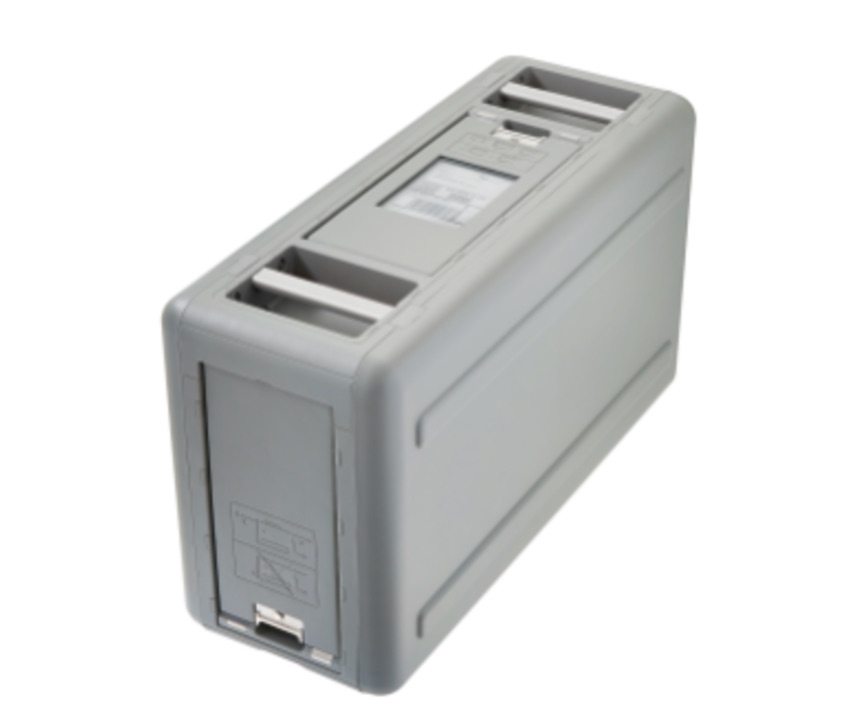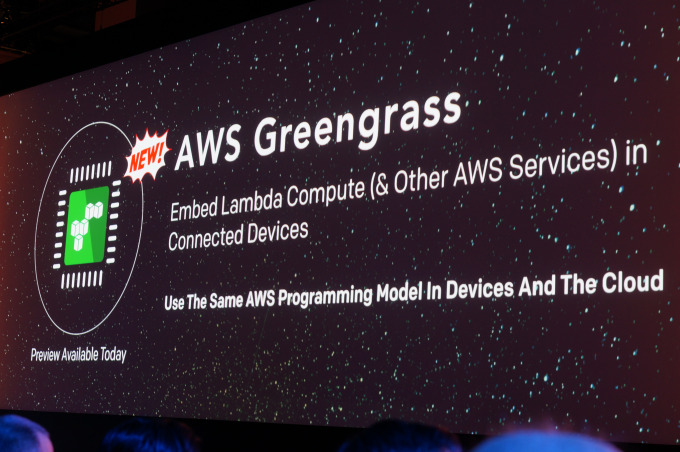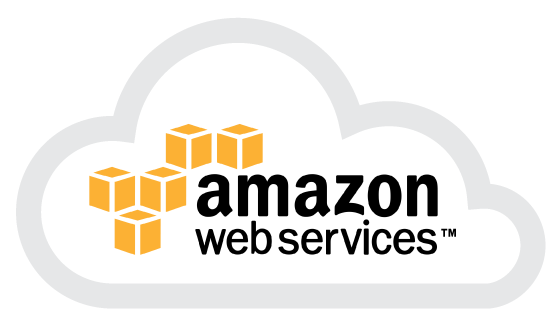In what has thus far been Amazon’s most vocal acceptance of a hybrid cloud model, AWS has launched two products that their customers can install on-premise.
While this could be seen as AWS simply launching more products to support its cloud business, these two products signify a major acknowledgement of the need for hybrid cloud computing. Until now, Amazon has been tirelessly promoting the cost-saving aspects of public cloud as part of its EC2 agenda. But with these products, they are openly saying that there is a need for a hybrid model in certain cases.
Snowball Edge was launched at the AWS re:invent conference in Las Vegas, and is a follow-on to the Snowball storage solution they launched earlier. While Snowball was merely a storage device to help corporates ship their data directly to Amazon for upload to the cloud, Snowball Edge has added functionality. Essentially, it acts as a storage unit as well as a computing node.

In addition to Snowball Edge, Amazon has also launched AWS Greengrass, a small component that can be incorporated into local devices and run on the cloud. Using the Lambda tool, software has been written that can automatically generate actions based on user input. As an example, if a motion detector in an office or your home picks up a movement that shouldn’t be there – say at 2 am – it can automatically send you a mobile notification, send a message to the police and notify your security company. On a website, it can initiate processes based on user actions, like if someone fills out a form or clicks on a particular link.

These products are essentially on-premise, meaning they can be installed at the user’s location. In the past, AWS has incessantly harped on the need to move completely to the cloud, but they are now recognizing that the Internet of Things requires some hardware to be present locally. In a sense, IoT is their gateway to hybrid cloud computing.
Notably, other major cloud players like Microsoft, IBM and even Oracle have long recognized the need for hybrid. They’re already in the enterprise space, so they know only too well the challenges that large corporations face when it comes to data vulnerability, geographic statutory restrictions on data movement and basically putting everything on the cloud.
This is the first time Amazon has opened up to hybrid cloud, and it could indicate an emerging segment within AWS that caters to clients with such needs. Although IoT seems to be their entry point into hybrid, they now have the scale and size to quickly fill in the missing parts of their hybrid capability.
Naturally, the other major tech companies have a huge lead over Amazon in this area, so we won’t see Amazon infringe on their turf any time soon. However, the process seems to have begun, and the other cloud players had better keep an eye on developments on this front.
Amazon’s weakness in the enterprise segment isn’t something they can’t overcome. Admittedly, IBM and Microsoft do have a solid moat against the online retailer’s entry into their core market segment, but it’s just a matter of time before Amazon acquires the capabilities if it chooses to go that route. It’s very similar to Oracle openly threatening AWS’s cloud infrastructure business – though highly improbable, it’s not impossible.
Thanks for reading our work! Please bookmark 1redDrop.com to keep tabs on the hottest, most happening tech and business news from around the world. On Apple News, please favorite the 1redDrop channel to get us in your news feed.



